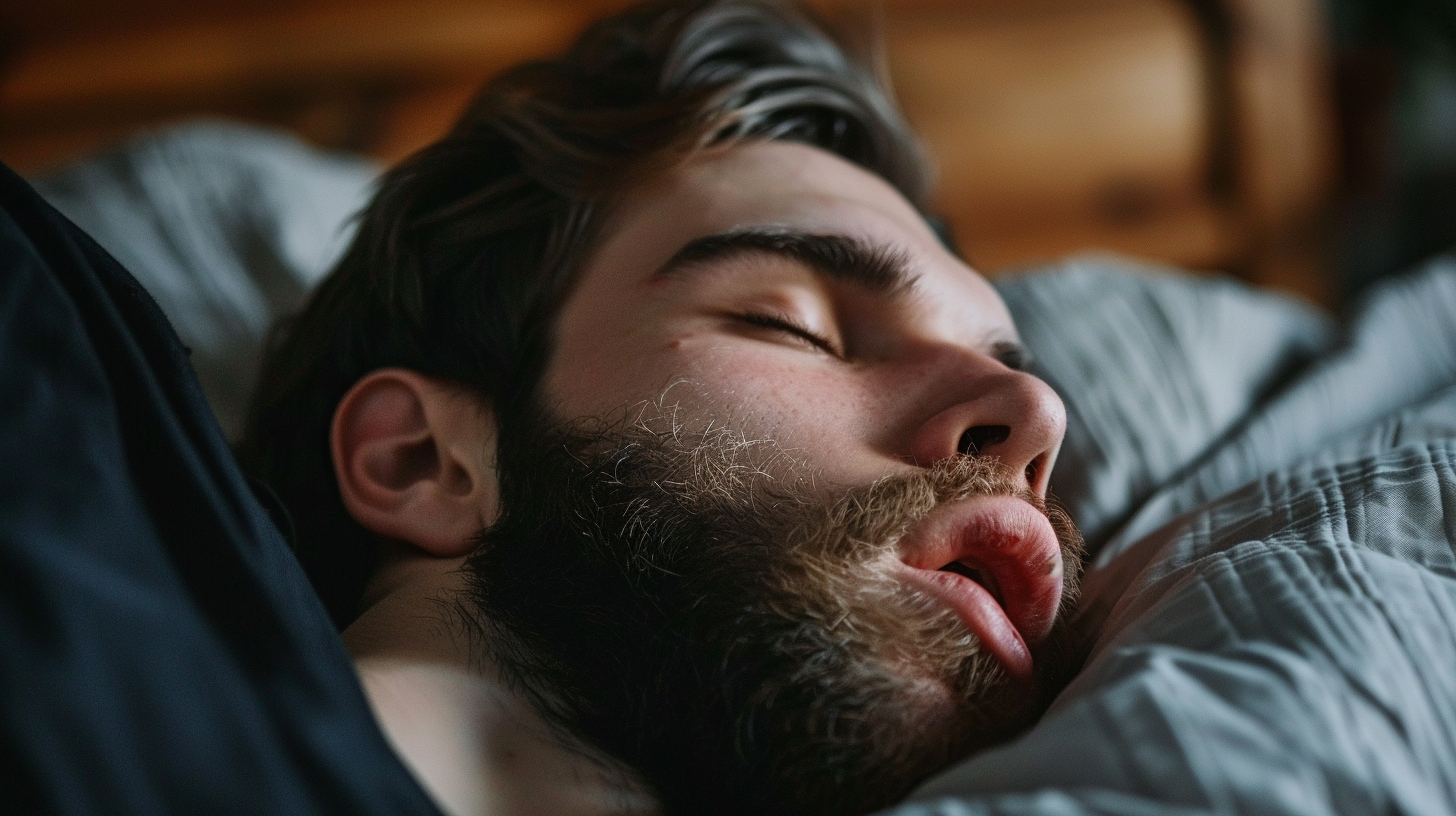Introduction: Chewing Is a Postural Act
Chewing isn’t just about eating—it’s a powerful signal to the body that guides jaw stability, spinal alignment, and cranial rhythm. Dysfunction in how we chew, swallow, or rest our jaw can lead to chronic pain, posture problems, and even nervous system imbalances.
At BreatheWorks, we address the foundations of chewing through myofunctional therapy and postural retraining—restoring balance from the jaw down and the spine up.
The Role of Chewing in Postural Stability
The muscles used in chewing (masseter, temporalis, pterygoids) are among the most powerful in the body relative to their size. They affect:
- Jaw positioning and TMJ loading
- Head and neck muscle tone
- Cervical spine alignment
- Skull and cranial nerve function
- Digestive readiness and vagal tone
When chewing is uncoordinated or dysfunctional (e.g., bruxism, jaw popping, asymmetry), it can lead to:
- TMJ dysfunction and jaw misalignment
- Forward head posture
- Neck, upper back, and shoulder pain
- Compensatory strain in the pelvis and spine
- Neurological fatigue and eye strain
Real-World Case: A 45-Year-Old Tech Professional with Headaches and Neck Pain
He presented with:
- Daily tension headaches and difficulty focusing
- Worsening TMJ dysfunction and jaw tightness
- Popping and clicking during meals
- Poor posture and chronic neck strain
- History of bruxism teeth grinding
Evaluation showed:
- Lateralized chewing and jaw deviation
- Low resting tongue posture and narrow palate
- Forward head and thoracic collapse
- Poor diaphragmatic control and rapid breathing rate
We initiated:
- Targeted oromyofunctional therapy to correct chewing mechanics
- Tongue training for palatal rest and swallowing
- Breathing exercises to support postural tone
- Ergonomic adjustments and neck stabilization
- Collaboration with a dentist and physical therapist
Results:
- Dramatic reduction in jaw pain and clicking
- Better posture and less muscular fatigue at work
- Improved mental clarity and fewer headaches
- More symmetrical chewing and easier digestion
Why Jaw Function Matters for the Entire Body
The jaw is a postural anchor for the head. If it’s out of alignment:
- The neck must compensate
- The shoulders roll forward
- The thoracic spine collapses
- The nervous system perceives stress or imbalance
Proper chewing reinforces upright posture, airway tone, and cranial balance.
How BreatheWorks Addresses Chewing and Alignment
✅ Myofunctional therapy to retrain chewing, swallowing, and tongue posture
✅ TMJ support for relaxation and joint stabilization
✅ Breathing programs to reduce clenching and improve tone
✅ Structural collaboration with dentists, PTs, and ENTs
✅ Pediatric and adult programs for airway, jaw, and posture health
Signs Chewing May Be Affecting Your Posture and Health
- Jaw popping or pain while eating
- Fatigue after chewing certain foods
- One-sided chewing or asymmetry
- Bruxism or tight jaw upon waking
- Forward head posture or “tech neck”
- Voice changes, eye strain, or brain fog
Key Takeaways
- Chewing isn’t just functional—it’s structural
- Jaw misalignment leads to compensatory postural strain
- Myofunctional therapy restores balance and whole-body alignment
- BreatheWorks provides holistic therapy for chewing and posture



